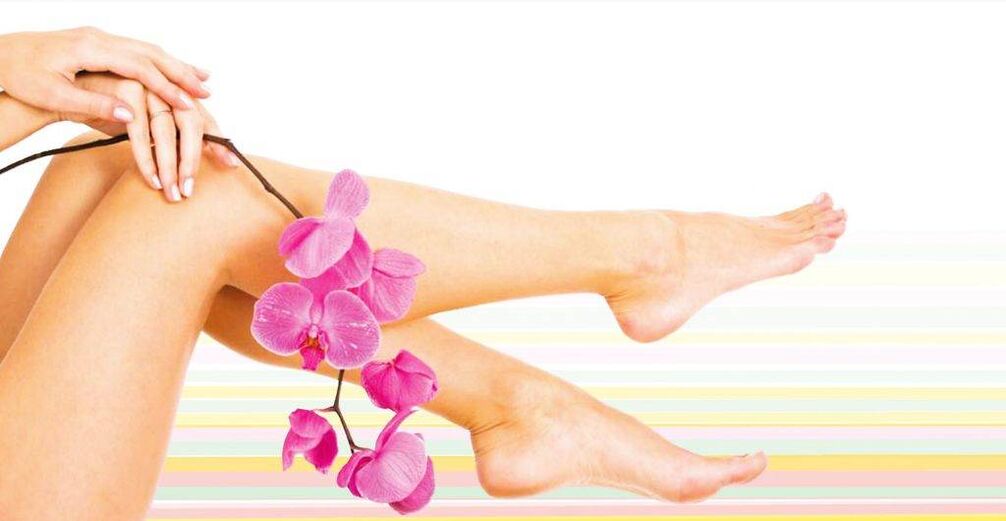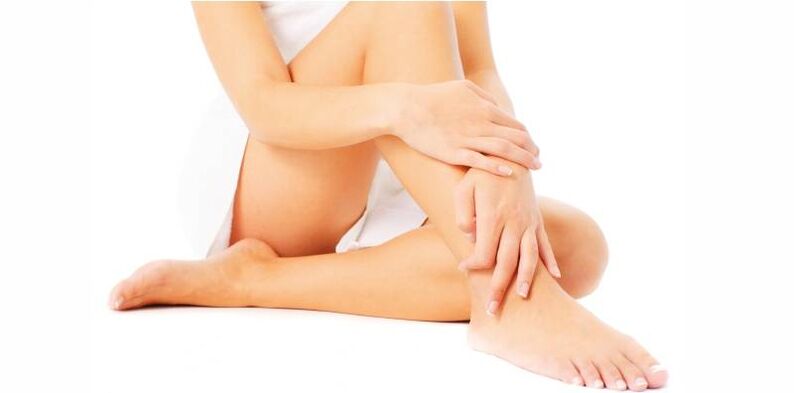Vascular diseases pose a serious threat to human health and even life. Among them are varicose veins. This pathology in the international classification of diseases (ICD 10) is defined by code number 183. The fight against such a disease is a rather laborious process and requires a lot of effort from the patient himself. What are varicose veins? The disease of the lower extremities is a pathological process, during the development of which there is damage to the blood vessels of the legs, which manifests itself in the form of their expansion, tortuosity, as well as the appearance of irreversible changes in the valve apparatus (anatomical structures that prevent unphysiological blood flow). As a result, a person can develop valvular insufficiency of the veins.

In the early stages of varicose veins, the symptoms are characterized by the formation of lumps in the venous network or spider veins, enlargement of the trunk veins, their pain and a feeling of heaviness in the legs. As the disease progresses, symptoms of chronic venous circulatory weakness of a chronic nature (e. g. swelling of the lower leg, foot, trophic ulcers, cramps in the calf muscles, thrombophlebitis and damage to altered blood vessels) are added to the overall clinical picture.
Sometimes, when a person has congenital diseases, swelling can appear not only in the veins of the legs, but also in the vessels of certain internal organs. For example, the development of portal hypertension often leads to esophageal vasodilation, and when a varicocele occurs, capillary varicose veins of the spermatic cord are observed.
Regardless of the location of the pathological process, there is a hereditary predisposition to the appearance of an increase in capillaries, the occurrence of which is associated with the presence of congenital weakness of the vascular walls in humans and insufficiency of the venous valves. At the same time, according to medical statistics, varicose veins in men are formed a little less often than in female representatives. At any stage of varicose veins, treatment has many nuances and takes a lot of time.
Causes that contribute to the development of the disease
A vascular disease such as varicose veins of the lower extremities can have many predisposing factors. The most common of these are:
- hereditary predisposition. As a result of a lack of connective tissue in the human body, there can be a weakening of the tone of the vascular walls, which in turn contributes to the expansion of the venous system of the legs.
- The presence of excessive body weight.
- pregnancy. In this case, the pathology can appear due to an increase in the volume of blood circulating through the body and being squeezed through the uterus of the vessels behind the abdominal cavity.
- malnutrition. The likelihood of contracting the disease increases in people whose diet does not contain raw vegetables and fruits, or when they consume a small amount.
- Hormonal imbalance. Scientists have proved that with long-term use of drugs containing hormonal substances in their composition, they can negatively affect not only the human hormonal background, but also the state of blood vessels.
- Sedentary lifestyle. For example, a long stay of the body in the same sitting or standing position contributes to the development of congestion disorders in the blood circulation of the lower extremities. Long-term wearing of corsets, which cause an increase in intra-abdominal pressure, also has a detrimental effect on the vascular system of the legs. The same adverse effect is caused by tight outerwear and undergarments compressing the arteries in the area of the groin folds.
- psychosomatic factor. The constant effect on a person of severe stressful situations.

Clinical manifestations of pathology
Symptoms and treatment of varicose veins depend entirely on the stage of development of the disease. Sometimes, even before the visual symptoms of varicose veins appear, some patients may complain of heaviness in the legs, increased fatigue and pain in the ankle area. In addition, there is a possibility of developing telangiectasia.
The initial stage is characterized by the absence of venous outflow disorders. Very often the disease can progress in the compensatory stage, which manifests itself in the form of asymptomatic development of the pathological process. In this case, most patients are not even aware of the presence of varicose veins, so they simply do not go to the doctor.
With further progression of the disease, a person has well-defined first signs of varicose veins, which have the following manifestations:
- Transient pain syndrome, swelling that occurs mainly with prolonged stay of the body in an upright position. Such symptoms disappear immediately after the person assumes a supine position.
- Constant feeling of heaviness in the lower extremities, dull ache, fatigue in the legs and cramps that occur mainly at night.
- itching of the skin. This manifestation of vascular disease becomes more pronounced in the evening and indicates the development of trophic disorders (deterioration of the nutrition of epidermal tissues, manifested in the form of ulcerative neoplasms formed on their surface). Pathologic changes in the dermis are often localized on the anterior and medial aspect of the ankle.
- With an external examination of the patient's legs, the doctor notes a sufficiently large swelling of the capillaries and a widespread violation of the venous circulation. In some cases, varicose veins are accompanied by severe dizziness and loss of consciousness, which occurs as a result of a sharp drop in blood pressure.
- The skin in the area of deterioration of blood circulation processes becomes tight, rough and dry.
The method of treating the disease
How to deal with varicose veins? In the fight against this disease, three main treatment regimens are used:
- Conservative therapy. How to remove varicose veins in a conservative way? This method of getting rid of the disease includes the following general recommendations, that is, maintaining an active lifestyle, regular physical education, the use of elastic bandages and compression stockings. In addition, the patient is prescribed certain phlebotonic drugs. It is impossible to treat varicose veins only with conservative therapy, since this method of eliminating the disease cannot fully restore dilated vessels;
- compression sclerotherapy. This method of eliminating pathology involves the introduction of a special drug into the dilated vein. As a result, a spasm occurs in the affected vessel, after which a compression stocking is put on the patient's leg, holding it in the resulting state. After 3 days, the vein walls begin to stick together. The patient must wear such a stocking for 1 month - until dense adhesions form. Treatment of varicose veins without surgery is prescribed only to patients who do not have an advanced condition of the pathological process.
- surgery. How do you treat varicose veins with surgery? To surgically eliminate vascular pathology, a variety of surgical techniques are used, including microsurgery, laser and high-frequency coagulation of veins. How are varicose veins removed by surgery? Surgical treatment of the disease involves the complete removal of the affected vessels.

Can varicose veins be cured without surgery? Experts say that it is possible to do without excision of dilated veins, but only on condition that the disease is not at an advanced stage, when it is not possible to restore normal blood flow to the lower extremities.
Its effectiveness also depends on which therapy is to be used. Therefore, the patient should not neglect the course of treatment prescribed by the doctor, but fully adhere to all the doctor's recommendations.




















